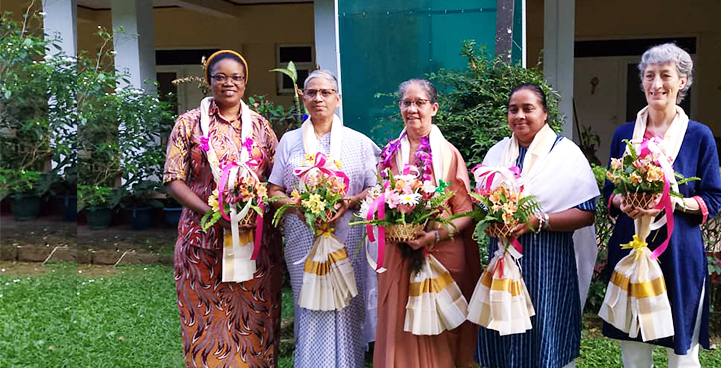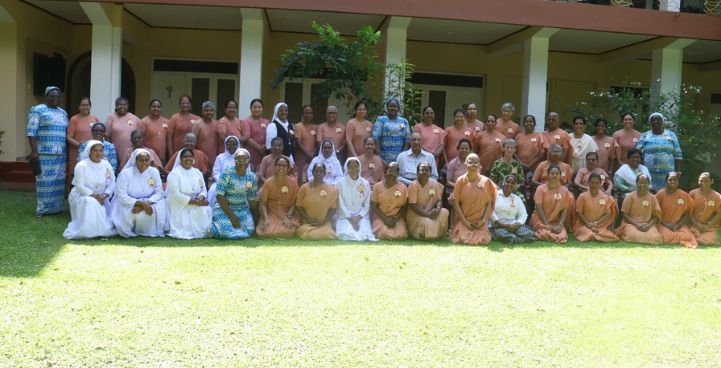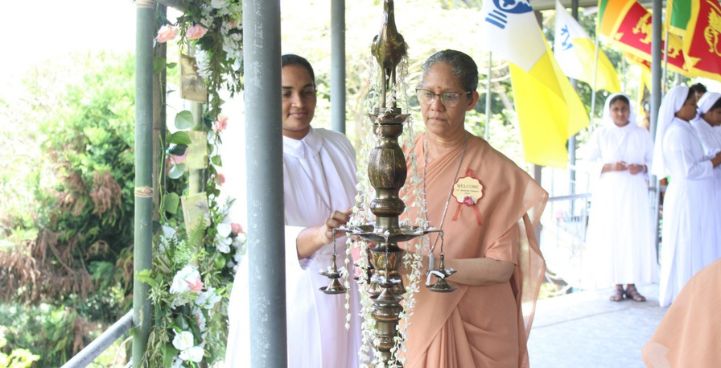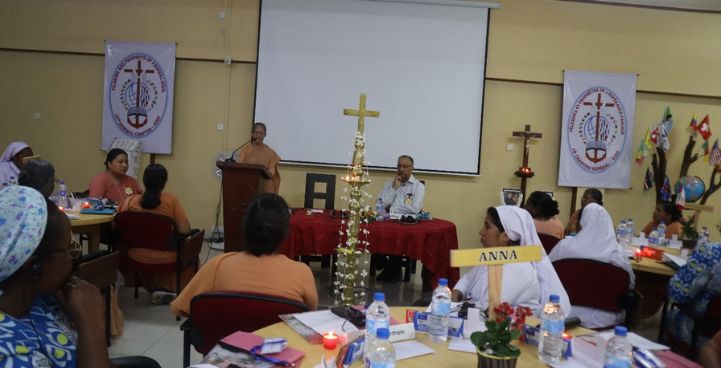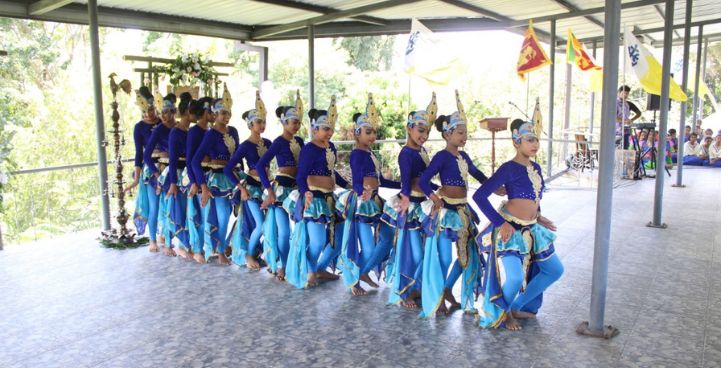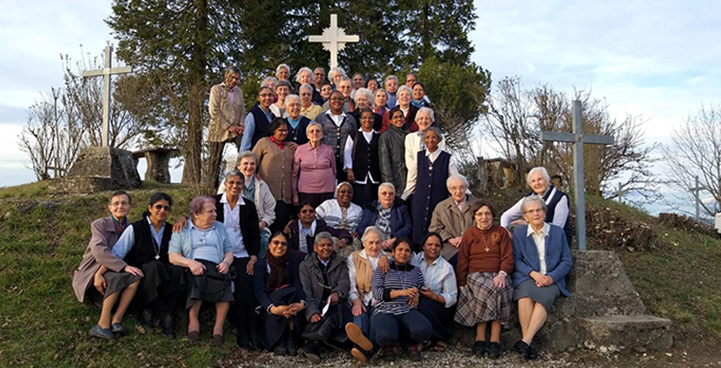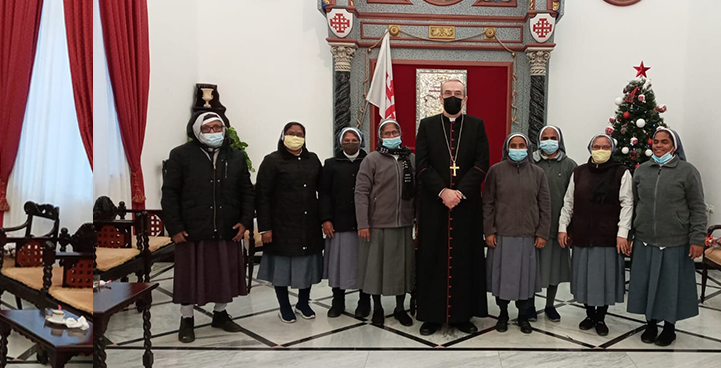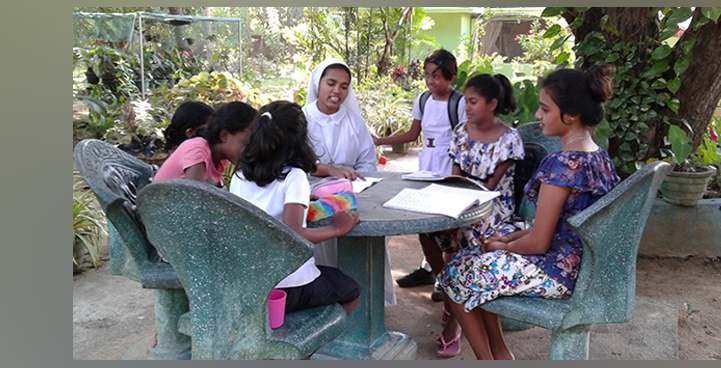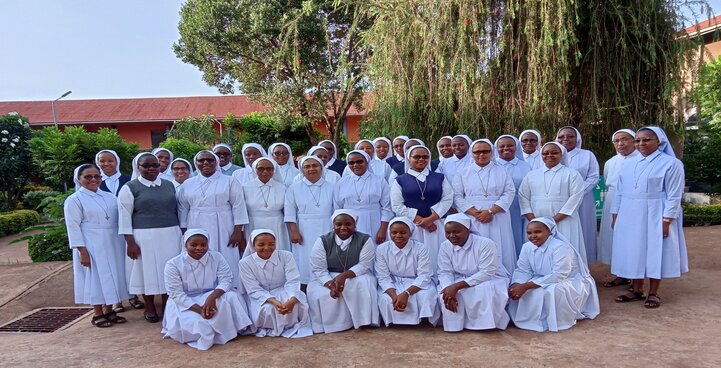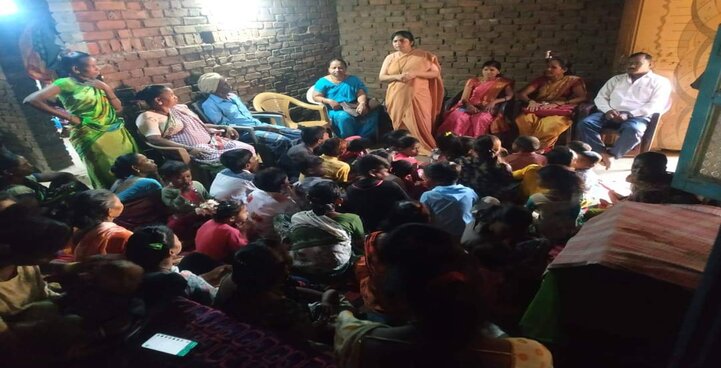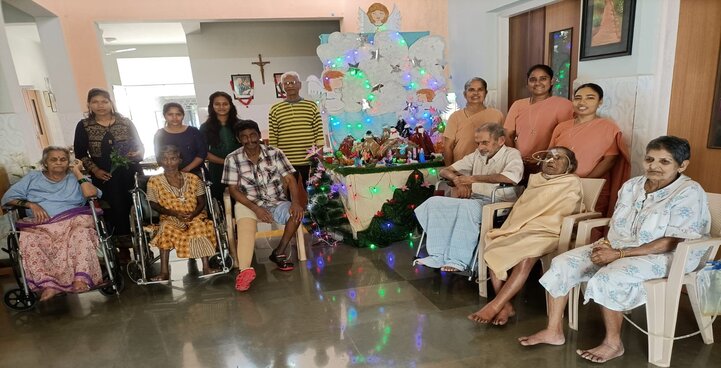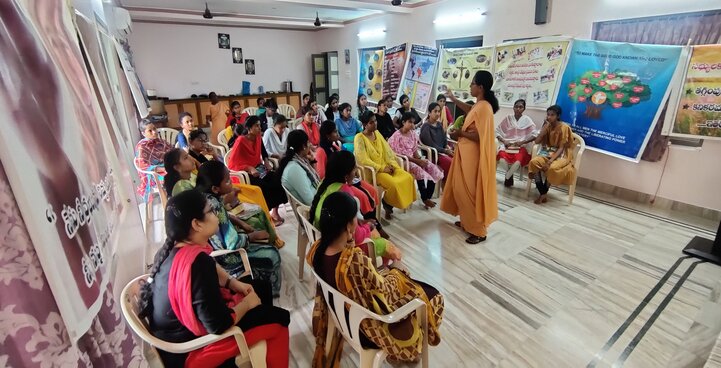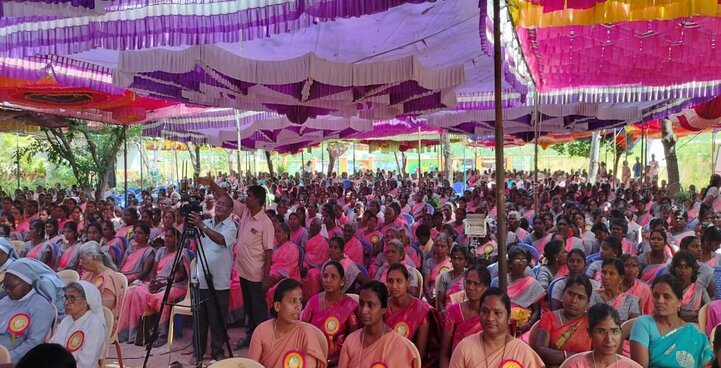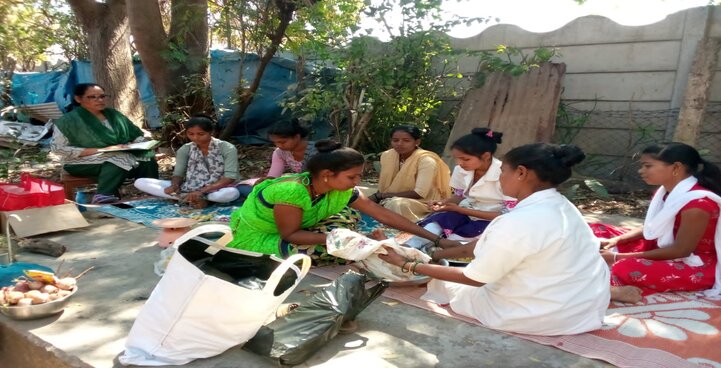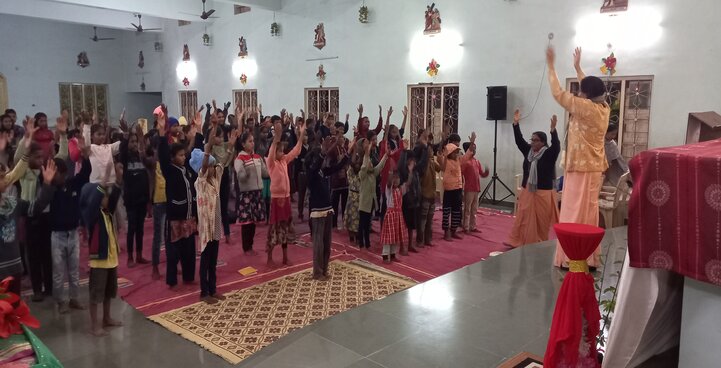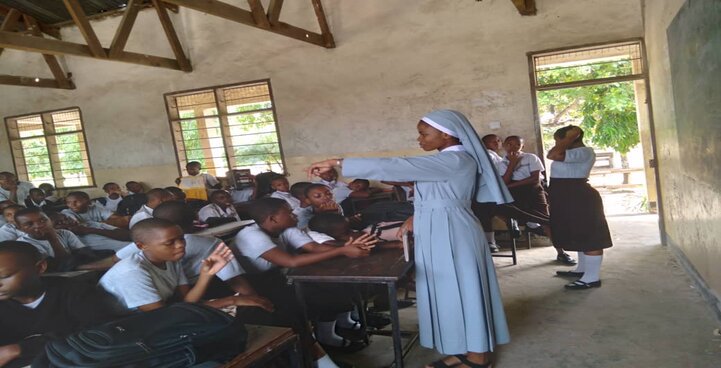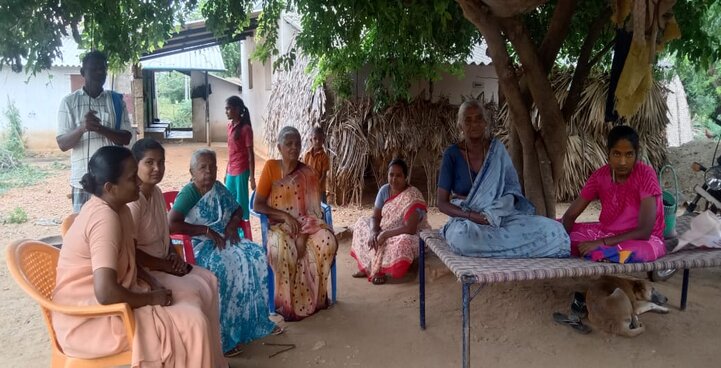Peter Marie Mermier was born on 28 August 1790 at Vouray in the parish of Chaumont en Genevois, in Savoy. The French Revolution had badly affected the Church in Savoy and many priests left the country while a few went in hiding. Peter’s parents, who were fervent Christians, risked their lives and property by welcoming the priests. Between the age of four and ten Peter had the rare privilege of assisting at the Mass celebrated secretly in the house. The faith and courage of his mother and of those daring priests motivated him to make a decisive choice for the Lord.
The revolutionaries had closed Churches and schools. So Peter Mermier had his primary education by his own mother. Peace returned to Savoy in 1800. He did his secondary school studies as a boarder in Melan. In 1807 he was received at the major Seminary of Chambery. He was fervent at prayer, a hard worker and with thoughtful regard for his fellow students. He was ordained priest on 21 March 1813 at the age of twenty-three and a half. His first appointment was at Magland as Assistant Parish Priest to Canon Desjacques. As a young priest he was a tireless worker. He taught the little ones by day and continued his theological studies by night. After three years he was asked to teach at the college of Melan and be Prefect of Discipline. The Arch Bishop of Chambery appointed him Parish Priest of Le Chaterlard in 1819, at the age of thirty.
Fr. Peter Marie Mermier was an austere priest of unbounded zeal. But most of the people were indifferent to Catholic Faith and practices due to the influence of Jansenism, Gallicanism and French Revolution. With a view to enliven the people in true faith he contacted Joseph-Marie Favre who gave missions in the diocese of Chambery with great success. They met in 1821 and it was very significant for Fr. Mermier as he fell in love with the apostolate of Parish Mission. In the same year they, with the help of a few diocesan priests, dedicated themselves exclusively for this task. They went from parish to parish staying from 4 to 6 weeks in each parish. They prayed, preached and motivated the people to build up their faith. It was a wonderful opportunity for solid religious instruction and reconciliation.
Mgr. de Thiollez, Bishop of Annecy, appointed him spiritual director at the major Seminary in 1823. But in 1826 the Bishop permitted him to dedicate himself entirely to the mission. Gradually a small group of missioners were formed. In the meantime Fr. Peter Marie Mermier sensed the irreplaceable role of the parish missions, the necessity of a religious Congregation of Missioners and the meaning of the patronage of St. Francis de Sales.
Peter Joseph Rey became the new Bishop of Annecy in 1832. He allowed the missioners, at that time six in all, to move to a house in La Roche in June 1834. On September 29, 1836 Bishop Rey gave provisional approval for their rule and they were known as Missionaries of Annecy. They set up a motherhouse in Annecy at a place called La Feuillette on August 8, 1837. It became a house of prayer and study. It was the house where the young religious received their formation in the apostolic and Salesian life. The civil approval to the new religious society from the Duke of savoy came on October 15, 1838. It stated that the Missionaries were approved under the title of St. Francis de Sales. On October 24, 1838 Bispop Rey issued an official document giving canonical approval to the Congregation founded by Father Peter Mermier known as the Missionaries of St. Francis de Sales.
Fr. Peter Marie Mermier founded the Congregation of the Missionaries of St. Francis de Sales for parish mission, foreign mission and education of the youth. His missionary zeal impelled him to ask the Holy Father for a mission abroad and accept a vast mission territory in India when the Congregation was in its infancy with just eleven professed members. As regards education he opines that one has to be a mother to the pupil by one’s tenderness and a father by one’s prudence. He accepted the management of the college of Avian in 1856 and the college of Melan in 1857. In Chavanod he came into contact with Claudine Echernier who wanted to live a humble recollected life devoted to the apostolate of the poor in 1836. This resulted in the founding of the Congregation of the Sisters of the Cross of Chavanod for the education of the needy girls. They had to work in the poorest and lowliest circles in the country.
Between 1828 and 1857 Fr. Mermier himself conducted ninety missions. He considered sermon as the chief means of proclaiming the word of God. He adopted carefully prepared simple preaching. He spoke with faith and conviction using a fatherly tone of voice marked with a kindly understanding of sinners like St. Francis de Sales. He guided the missionaries to live a life of pleasing and kindly charity in their apostolic ministry and daily relationship. He considered devotion to Our Lady of Seven Sorrows to be an eminent Salesian devotion.
In spite of his old age Fr. Mermier took over the Parish of Pougny as priest-in-charge on 26 June 1857. Even in his old age he retained a lively and curious mind. His last years were a time of purification and edification. He fell seriously sick in Pougny and was taken to La Feuillette. His eye-sight and thinking capacity weakened. As he was a little better he took up a pilgrimage to Our Lady of La Salette in July 1859. He suffered a fierce attack on June 6, 1860 and became fully blind. Meanwhile the Sacred Congregation of Bishops and Regulars approved the Missionaries of St. Francis de Sales as a congregation with simple vows.
On 10 August 1862 Fr. Peter Marie Mermier had a fall, which caused a double fracture of his right leg. He left for his heavenly abode on 30 September 1862.

